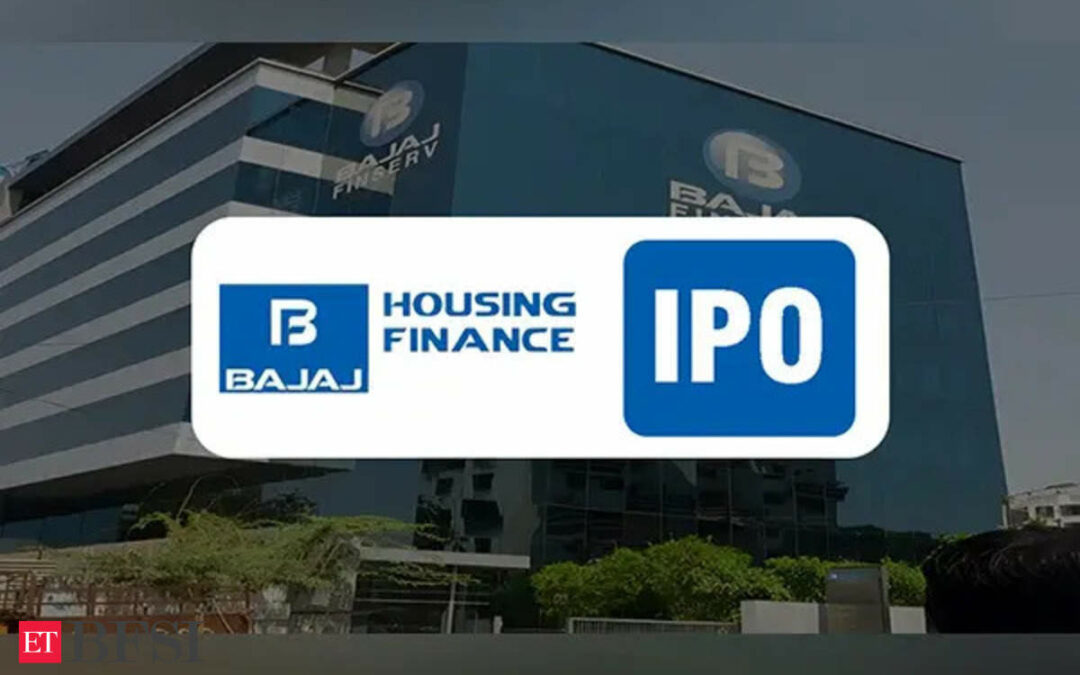Bajaj Housing Finance is set to launch its initial public offering (IPO) on Monday, September 9. Ahead of the public issue, the grey market premium (GMP) for the company’s shares stands at Rs 51-52, indicating a potential upside of 73% above the issue price.
The price band for the IPO has been fixed at Rs 66-70 a share.
Promoted by Bajaj Finance and Bajaj Finserv, the company aims to raise Rs 6,560 crore through the IPO, which includes Rs 3,560 crore from fresh equity sales and a Rs 3,000 crore offer for sale (OFS).
Ahead of the public issue, Bajaj Housing Finance has secured Rs 1,758 crore from marquee anchor investors, allotting shares at Rs 70 per share, the upper end of the price band. The anchor investors include prominent names like the Government of Singapore, ADIA, Fidelity, Invesco, HSBC, Morgan Stanley, Nomura, and JP Morgan.
The net proceeds from the IPO will bolster the company’s capital base to support future business expansion, particularly in onward lending.
Bajaj Housing Finance is a non-deposit-taking HFC registered with the National Housing Bank since September 2015, offering tailored financial solutions for purchasing and renovating residential and commercial properties.
It has also been identified and categorized as an upper-layer NBFC by the RBI in India and its comprehensive mortgage products include home loans, loans against property, lease rental discounting and developer financing.
The company primarily focuses on individual retail housing loans, supported by a diverse range of commercial and developer loans, serving customers from homebuyers to large developers.
For the fiscal year 2023-24, the housing lender posted a net profit of Rs 1,731 crore, marking a growth of 38% from Rs 1,258 crore in FY23.
Kotak Mahindra Capital, BofA Securities, Axis Capital, Goldman Sachs (India) Securities, SBI Capital Markets, JM Financial, and IIFL Securities are the book running lead managers to the issue.
(Disclaimer: Recommendations, suggestions, views and opinions given by the experts are their own. These do not represent the views of the Economic Times)










